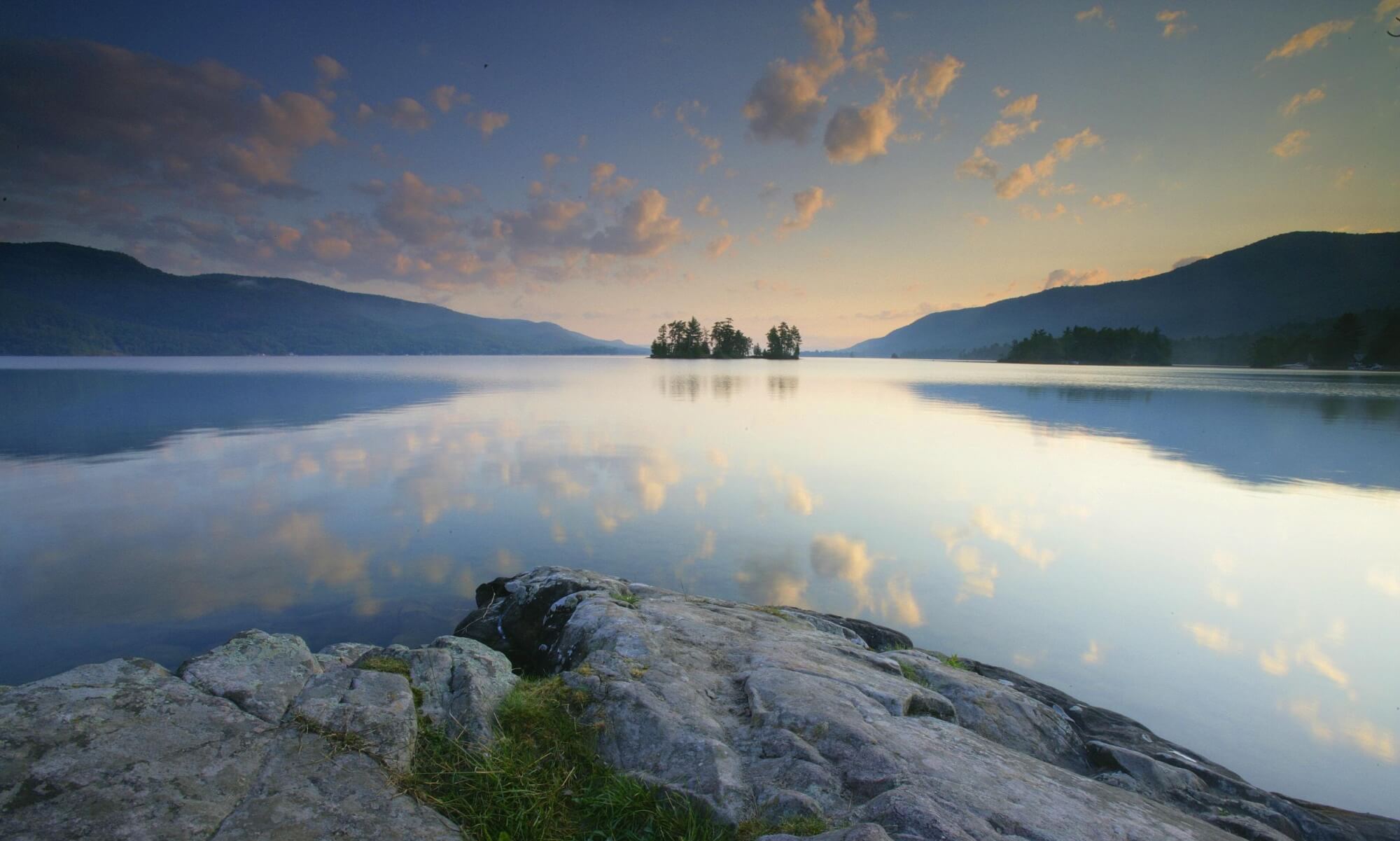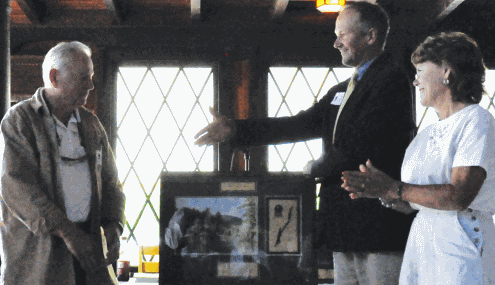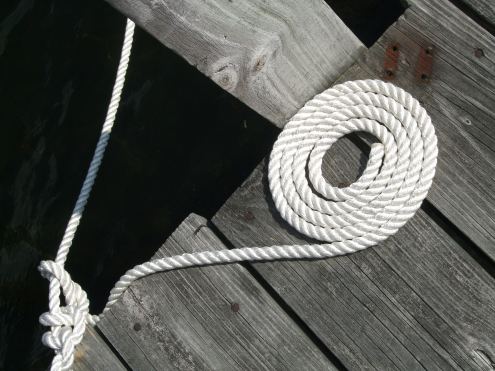Renowned Lake Scientist – Ken Wagner – to Speak at LGA 125th Annual Meeting

The Lake George Association is finalizing plans for its historic 125th Annual Meeting, scheduled for Friday, August 20 at 10 am at the Lake George Club. The public is invited to attend and the meeting is free; an optional lunch afterwards is $21 per person. Reservations are required.
Ken Wagner, Ph.D. will be the keynote speaker. Ken is editor in chief of Lake and Reservoir Management, the international journal of the North American Lake Management Society. For decades, Ken has played a valuable role in environmental research conducted on Lake George, working with the Lake George Association and other lake organizations. He is owner of Water Resource Services, a lake management consulting firm. Ken has worked for the New Jersey Department of Environmental Protection and has 25 years of experience with northeastern consulting firms, working on a variety of water resources assessment and management projects. Ken holds a B.A. in environmental biology from Dartmouth College and M.S. and Ph.D. degrees in natural resource management from Cornell University.
The public will also have the opportunity to learn more about the environmental status of Lake George, and to meet others with a passion for its protection. Updates on many environmental initiatives taking place around the Lake will be given. Executive Director Walt Lender will give an update on the West Brook Conservation Initiative, the most important lake saving project in the LGA’s 125-year history. Randy Rath, LGA project manager, will provide summaries on the LGA’s other lake saving projects, such as those at English Brook, Hague and Finkle Brook deltas, Indian Brook, and the town of Putnam. Emily DeBolt will speak on the LGA’s educational and outreach initiatives, as well as New York State’s new phosphorus law, and the status of wall lettuce, a new invasive species growing in the watershed. Emily will also provide results from the work of the LGA Lake Stewards and from the Citizens Statewide Lake Assessment Program.
New members, and those who care about the lake and would like to learn more about protecting it, are welcome to attend the meeting to meet the board of directors, staff, volunteers and other members. Members will be voting on new directors for the organization: Thomas Jarrett and Salim Amersi, as well as returning directors Holly de Buys, William Dutcher and John Schaninger.
NYS Senate and Assembly Adopt Resolution
The New York State Legislature adopted a joint resolution commemorating the LGA’s 125th Anniversary in April of this year. The resolution recognized the LGA’s “long unyielding commitment to excellence,” and commended the “efforts of thousands of LGA members who, over the years, have increased the public’s awareness and understanding of Lake issues and have actively worked to preserve the purity of the Lake George waters for future generations to come.” The resolution also recognized many of the organization’s significant accomplishments throughout its history, including:
The LGA was “the first to re-stock the Lake with popular fish species.”
The LGA was “the first to provide a non-point source pollution program for the Lake.”
The LGA was “the first to establish a buoy system in the Lake.”
The LGA “advanced proactive management by government to protect the Lake’s water quality and influenced state leaders … to undertake the first series of technical studies of the Lake,” and later “ensured that effective storm water controls and wastewater treatment systems were included in development plans.”
The LGA worked toward “protecting the interests of dock owners, shoreline property owners and those who navigated the lake” by advocating for “a long-awaited and fought for verdict by the New York State Supreme court regarding lake levels, requiring a commission to supervise maintenance of water levels between 4.0 and 2.5 feet at the Roger’s Rock gauge between June 1 and Oct. 1.”
The LGA has “overseen over 100-plus lake-saving projects to stabilize eroding stream banks and shorelines, reclaim ponds for sediment retention, enhance wetlands, install roadside storm water catchments, and dredge deltas.”
The LGA has “expanded its programming to include active and participatory educational programs for lake users, including but not limited to, a Floating Classroom, serving 1,000 students and visitors each year.”
Warren County Declares August LGA Month
The Warren County Board of Supervisors issued a proclamation naming the month of August “Lake George Association Month.” The proclamation recognized that “the members of the Lake George Association have worked together to protect, conserve and improve the beauty and quality of the Lake George Basin for 125 years.”
Commemorative Postal Cancellation
A special postal cancellation stamp has been designed to commemorate the historic occasion of the LGA’s 125th annual meeting. On the day of the meeting, August 20, all post offices around the Lake will hand stamp any mail posted on that day upon request. Commemorative caches will also be available in limited quantities.
Stewart’s Ice Cream Flavor
Area Stewart’s Shops have renamed the store’s Birthday Cake ice cream flavor in honor of the LGA for the month of August.








